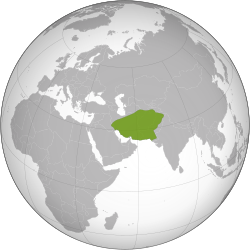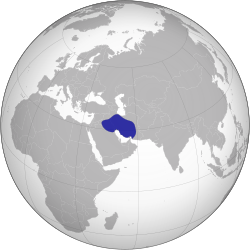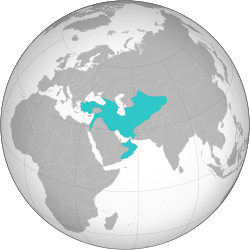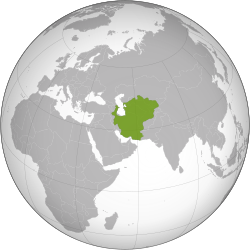This article needs additional citations for verification .(June 2023) |
This is a list of kings of Iran of the medieval Islamic period, AD 820 to 1432, arranged genealogically.
Contents
- Tahirid dynasty (820–872)
- Alavid dynasty (864–928)
- Hasanids
- Husaynids
- Saffarid dynasty (861–1003)
- Samanid dynasty (819–999)
- Ziyarid dynasty (928–1043)
- Buyid dynasty (934–1062)
- Ghaznavids (963–1187)
- Nasrid dynasty (Sistan) (1029–1225)
- Great Seljuq Empire, 1037–1194
- Khwārazm-Shāh dynasty (1077–1231)
- Chupanids (1335–1357)
- Muzaffarids (1335–1393)
- Jalayirids (1335–1432)
- See also
- Notes and references
- Bibliography
- External links
For the early Islamic period before 820, see:
- Umayyad dynasty, 661–750
- Abbasid dynasty, 750–1258 (brief/nominal ruling since 820)
For the period after 1506, see:
- Timurid dynasty, 1370–1506
- Turkomans: Qara Qoyunlu (1375–1468) and Ak Koyunlu (1378–1508)
- Safavid dynasty, 1502–1736
- Afsharid dynasty, 1736–1796
- Zand dynasty, 1750–1794
- Qajar dynasty, 1794–1925
- Pahlavi dynasty, 1925–1979
See also Monarchism in Iran.









